 |
- 정가15,000원
- 판매가13,500원 (10%, 1,500원 할인)
- 마일리지750원(5%) + 멤버십(3~1%)
- 세액절감액
- 배송료
- 수령예상일최근 1주 94.1%(중구 중림동 기준) 지역변경
기본정보
편집장의 선택
"진동을 떨림으로 바꾸니 물리학이 다정해!"
”존재의 떨림은 서로의 울림이 된다.” 이 책의 제목을 만든 문장이다. 인간의 눈에는 보이지 않지만 온갖 사물부터 공기, 심지어 빛까지 온 세상은 떨리고 있고, 인간은 그 떨림에 울림으로 반응하며 또 다른 떨림을 전한다는 설명이다. 이공계 수학과 전자공학의 주요 내용이라 할 진동을 떨림으로 풀어내니 왠지 이해가 되는 기분이 들고, 다른 개념은 어떻게 풀어냈을지 궁금해지기까지 한다.생각해보면 물리학자라고 해서 처음부터 기호와 수식으로 설명하고 대화했을 리는 없다. 소리는 어떻게 들리는 것인지, 별빛은 어떻게 지구에 도착하는 것인지 물었을 테고, 떨림와 울림, 아니 그보다 범박한 표현으로 생각을 나눴을 게 분명하다. 그렇게 '우리'의 호기심과 궁금함에서 시작된 물리학이 더 멀고 깊고 커다란 세계를 알아갈수록 '우리'와 멀어졌던 게 아닐까. 물리학자 김상욱은 이 거리를 한껏 좁혀 떨림과 울림을, 서로의 진동을 느끼고 나눌 수 있도록 "근사한 과학의 언어를 읊는다." 물리학이 인간적으로 보이길 바라는 그의 마음은 충분히 전달되었고, 이제는 모든 게 물리학으로 보이는 착각에 빠져들 정도다. 정말 떨리는 순간이다.
- 과학 MD 박태근 (2018.11.09)
이벤트
책소개
물리학자의 눈으로 바라보는 세계는 어떤 모습일까? 우리의 몸과 마시는 공기, 발을 딛고 서있는 땅과 흙, 그리고 매일 마주하는 노트북 모니터와 휴대전화까지. 세계의 모든 존재들은 모두 ‘원자’라는 아주 작은 단위로 이루어져 있다. 김상욱은 이 작고도 작은 단위까지 내려가 우리 존재부터 우주라는 커다란 세계까지 들여다보고 질문한다.
물리학자가 원자로 이루어진 세계를 보는 방식은 마치 동양철학의 경구를 읽는 듯 하다. 나의 존재를 이루는 것들은 어디에서 시작되었는지, 죽음을 어떻게 성찰할 수 있을지, 타자와 나의 차이는 무엇인지… 엄밀한 과학의 정답을 제시하는 대신 물리학자만이 안내할 수 있는 새로운 시선을 제시해준다.
‘물리’라는 새로운 언어를 통해 우리 존재와 삶, 죽음의 문제부터 타자와의 관계, 세계에 관한 생각까지 새로운 틀에서 바라볼 수 있게 안내해주는 책이다.
물리학자가 원자로 이루어진 세계를 보는 방식은 마치 동양철학의 경구를 읽는 듯 하다. 나의 존재를 이루는 것들은 어디에서 시작되었는지, 죽음을 어떻게 성찰할 수 있을지, 타자와 나의 차이는 무엇인지… 엄밀한 과학의 정답을 제시하는 대신 물리학자만이 안내할 수 있는 새로운 시선을 제시해준다.
‘물리’라는 새로운 언어를 통해 우리 존재와 삶, 죽음의 문제부터 타자와의 관계, 세계에 관한 생각까지 새로운 틀에서 바라볼 수 있게 안내해주는 책이다.
추천글
- 문화일보- 문화일보 2018년 11월 9일자

- 한국일보- 한국일보 2018년 11월 9일자

- 경향신문- 경향신문 2018년 11월 9일자 '책과 삶'

- 조선일보- 조선일보 2018년 11월 10일자 '한줄읽기'

- 한겨레 신문- 한겨레 신문 2018년 11월 9일 교양 새책

- 국민일보- 국민일보 2018년 11월 10일자 '책과 길'

이 책을 추천한 다른 분들 :
출판사 제공 책소개

<다정한 물리의 언어로 근사하게 세계를 읽는 법>
“김상욱에게 배웠다면 물리를 다정하게 대했을 텐데” - 유시민
● 물리의 언어로 세계를 읽고, 사유하는 방법
―원자, 빛, 시공간부터 카오스, 엔트로피, 단진동까지
다정한 물리의 언어로 다시 바라본 우주와 세계 그리고 우리
60년간 특파원으로 일하며 국제정치 칼럼을 썼던 언론인 플로라 루이스는 외국어를 배우는 일에 대해 “새로운 언어를 익히는 것은 단지 사물을 부르는 다른 단어를 배우는 것이 아니라 사물에 대해 생각하는 또 다른 방법을 배우는 것”이라고 말했다. 『떨림과 울림』은 ‘물리’라는 과학의 언어를 통해 세계를 읽고 생각하는 또 다른 방법을 안내한다. “김상욱에게 배웠다면 물리를 다정하게 대했을” 거라는 작가 유시민의 말처럼, 물리학자 김상욱의 글을 따라가다 보면 어느덧 물리의 세계에 발을 딛게 된다. 무엇보다 물리라는 언어를 통해 세계와 우리 존재를 바라보는 다른 눈을 얻게 된다. 물리의 핵심 개념 중 하나인 원자를 소개하면서 죽음에 대한 질문을 던지는 식이다.
우리의 몸과 마시는 공기, 발을 딛고 서있는 땅과 흙, 그리고 매일 마주하는 노트북 모니터와 스마트폰까지. 세계의 모든 존재들은 모두 ‘원자’라는, 바이러스보다 훨씬 작은 단위로 이루어져 있다. 원자는 빅뱅 이후 처음 생겨났고, 그 존재는 사라지지 않고 순환한다. 우리 손가락 끝에 있는 탄소 원자 하나는 “우주를 떠돌다가 태양의 중력에 이끌려 지구에 내려앉아, 시아노박테리아, 이산화탄소, 삼엽충, 트리케라톱스, 원시고래, 사과를 거쳐 내 몸에 들어와 포도당의 일부로 몸속을 떠돌다, 손가락에 난 상처를 메우려 DNA의 정보를 단백질로 만드는 과정에서 피부 세포의 일부로 그 자리에 있는 것”일 수 있다는 의미다. 그러니 원자의 기준으로는 인간의 탄생과 죽음이 단지 원자들이 모였다가 흩어지는 것과 다르지 않은 일이라고 김상욱은 말한다.
『떨림과 울림』은 빛, 시공간, 원자, 전자부터 최소작용의 원리, 카오스, 엔트로피, 양자역학, 단진동까지 물리에서 다루는 핵심 개념들을 차분히 소개하면서 ‘물리’라는 새로운 언어를 통해 우리 존재와 삶, 죽음의 문제부터 타자와의 관계, 세계에 관한 생각까지 새로운 틀에서 바라볼 수 있게 안내한다. 물리학자가 원자로 이루어진 세계를 보는 방식은 마치 동양철학의 경구를 읽는 듯하다. 나의 존재를 이루는 것들은 어디에서 시작되었는지, 죽음을 어떻게 성찰할 수 있을지, 타자와 나의 차이는 무엇인지. 엄밀한 과학의 정답을 제시하는 대신 물리학자만이 안내할 수 있는 새로운 시선을 제시해준다.
● 빅뱅이론, 양자역학 안내하며 세계를 질문하다
―우리가 본 것은 사물의 실재일까? 우리의 경험은 느끼는 그대로 사실일까?
“물리는 지구가 돈다는 발견에서 시작되었다. 이보다 경험에 어긋나는 사실은 없다. 아무리 생각해봐도 지구는 돌지 않는 것처럼 느껴지기 때문이다.”(7쪽)
두 발을 땅에 딛고 서 있는 것, 숨 쉴 수 있는 것, 아침을 비추는 햇살, 우리가 당연하게 여기는 경험들은 우주라는 범주에서 본다면 자연스러운 일이 아니다. 지금은 당연한 상식으로 받아들여지는 지동설이 천동설을 폐기하고 상식이 되었던 것은, 경험을 거스르며 과학이라는 것을 만들어간 과정이었다. 김상욱은 “우주의 본질을 본다는 것은 인간의 모든 상식과 편견을 버리는 것”이라고 말한다. 지구가 지금 돌고 있다는 것을 우리가 느낄 수 없듯, 세계는 우리가 직관적으로 이해할 수 없는 무수한 이야기들로 가득 차 있기 때문이다.
우리가 보고 느끼는 거시세계는 뉴턴의 고전역학으로, 아주 작은 원자 단위의 미시세계는 양자역학으로 기술한다. 양자역학이 대상으로 하는 것은 원자다. 원자는 전자와 핵으로 구성되어 있는데, 그 모양이 태양계와 닮아 있다. 전자는 더 이상 나눌 수 없는 물질의 최소단위이다. 원자 내의 전자는 특별한 반지름을 갖는 궤도에만 존재할 수 있다. 그렇다면 이동은 어떻게 하는 걸까? 전자는 한 궤도에서 사라져서 다른 궤도에 ‘짠’ 하고 나타난다. 물체의 이동이 연속적이지 않다는 것은 우리가 경험하는 거시세계에서는 이해하기 힘든 일이다. 우리 눈에 보이는 것, 우리가 경험하는 것은 정말로 ‘실재’하는 것일까? 김상욱은 놀라운 물리의 세계로 안내하며, 분명히 과학인 동시에 철학적인 질문을 던진다.
“시간에 시작점이 있다면 그 시작점 이전의 시간은 어떤 의미를 가질까? 시간은 우주의 본질적인 것인가, 아니면 보다 더 본질적인 것의 부산물인가?”(27쪽)
138억 년 전 빅뱅으로 시간과 공간이 생겨났다. 공간이 생겨났다는 것까지는 어림 짐작해보겠지만, 시간이 생겨났다는 것은 도저히 인간의 경험으로 이해되지 않는다. 인간은 ‘시공간’이라는 프레임으로 세계를 바라볼 수밖에 없기 때문이다. 그렇다면 다른 방식으로 세계를 바라본다는 것은 가능한 일일까? 시간을 한꺼번에 보는 존재가 있다면? 미래까지 한꺼번에 볼 수 있는 존재가 있다면, 그런 존재에게 현재를 산다는 것은 어떤 의미일까? 나에게 고백을 해오는 사랑하는 사람이 종국에는 이별을 고하리라는 것을, 태어날 나의 아이가 불치병을 안고 죽음을 맞이하리라는 것을 알지만 그럼에도 현재를 산다는 것은 무슨 의미일까? 김상욱은 물리의 세계를 안내하며, 이렇듯 우리 일상의 깊숙한 이야기를 꺼낸다. 생각의 타래를 열 수 있게 안내해준다.
● 과학은 지식이 아닌 태도
“우주는 빅뱅으로 시작되었지만, 그 이전에 무엇이 있었는지 모른다. 지구상의 생명체는 최초의 생명체로부터 진화했지만, 최초의 생명체가 무엇인지 모른다. 지구 이외의 장소에 생명체가 존재하는지 모른다.” (268쪽)
과학은 무지를 기꺼이 인정하는 것이라고 이 책에서는 말한다. 김상욱은 과학자로서 공부하며 “뼈에 사무치게 배운 것은 모르는 것을 모른다고 인정하는 태도”였다고 말한다. 무엇을 안다고 말할 때는 그것이 정확히 무엇을 의미하는지 물질적 증거를 들어 설명할 수 있어야 한다고 말이다. 이것을 그는 ‘과학적 태도’라고 말한다. “과학은 지식의 집합체가 아니라 세상을 대하는 태도이자 사고방식”이기 때문이다. 『떨림과 울림』은 이러한 과학에 대한 물리학자 김상욱의 시각에서 쓰인 책이다. 과학을 소재로 한, 영화와 책에 관한 같은 주제의 글들도 한데 엮어 읽을거리를 더했다. 접기
“김상욱에게 배웠다면 물리를 다정하게 대했을 텐데” - 유시민
● 물리의 언어로 세계를 읽고, 사유하는 방법
―원자, 빛, 시공간부터 카오스, 엔트로피, 단진동까지
다정한 물리의 언어로 다시 바라본 우주와 세계 그리고 우리
60년간 특파원으로 일하며 국제정치 칼럼을 썼던 언론인 플로라 루이스는 외국어를 배우는 일에 대해 “새로운 언어를 익히는 것은 단지 사물을 부르는 다른 단어를 배우는 것이 아니라 사물에 대해 생각하는 또 다른 방법을 배우는 것”이라고 말했다. 『떨림과 울림』은 ‘물리’라는 과학의 언어를 통해 세계를 읽고 생각하는 또 다른 방법을 안내한다. “김상욱에게 배웠다면 물리를 다정하게 대했을” 거라는 작가 유시민의 말처럼, 물리학자 김상욱의 글을 따라가다 보면 어느덧 물리의 세계에 발을 딛게 된다. 무엇보다 물리라는 언어를 통해 세계와 우리 존재를 바라보는 다른 눈을 얻게 된다. 물리의 핵심 개념 중 하나인 원자를 소개하면서 죽음에 대한 질문을 던지는 식이다.
우리의 몸과 마시는 공기, 발을 딛고 서있는 땅과 흙, 그리고 매일 마주하는 노트북 모니터와 스마트폰까지. 세계의 모든 존재들은 모두 ‘원자’라는, 바이러스보다 훨씬 작은 단위로 이루어져 있다. 원자는 빅뱅 이후 처음 생겨났고, 그 존재는 사라지지 않고 순환한다. 우리 손가락 끝에 있는 탄소 원자 하나는 “우주를 떠돌다가 태양의 중력에 이끌려 지구에 내려앉아, 시아노박테리아, 이산화탄소, 삼엽충, 트리케라톱스, 원시고래, 사과를 거쳐 내 몸에 들어와 포도당의 일부로 몸속을 떠돌다, 손가락에 난 상처를 메우려 DNA의 정보를 단백질로 만드는 과정에서 피부 세포의 일부로 그 자리에 있는 것”일 수 있다는 의미다. 그러니 원자의 기준으로는 인간의 탄생과 죽음이 단지 원자들이 모였다가 흩어지는 것과 다르지 않은 일이라고 김상욱은 말한다.
『떨림과 울림』은 빛, 시공간, 원자, 전자부터 최소작용의 원리, 카오스, 엔트로피, 양자역학, 단진동까지 물리에서 다루는 핵심 개념들을 차분히 소개하면서 ‘물리’라는 새로운 언어를 통해 우리 존재와 삶, 죽음의 문제부터 타자와의 관계, 세계에 관한 생각까지 새로운 틀에서 바라볼 수 있게 안내한다. 물리학자가 원자로 이루어진 세계를 보는 방식은 마치 동양철학의 경구를 읽는 듯하다. 나의 존재를 이루는 것들은 어디에서 시작되었는지, 죽음을 어떻게 성찰할 수 있을지, 타자와 나의 차이는 무엇인지. 엄밀한 과학의 정답을 제시하는 대신 물리학자만이 안내할 수 있는 새로운 시선을 제시해준다.
● 빅뱅이론, 양자역학 안내하며 세계를 질문하다
―우리가 본 것은 사물의 실재일까? 우리의 경험은 느끼는 그대로 사실일까?
“물리는 지구가 돈다는 발견에서 시작되었다. 이보다 경험에 어긋나는 사실은 없다. 아무리 생각해봐도 지구는 돌지 않는 것처럼 느껴지기 때문이다.”(7쪽)
두 발을 땅에 딛고 서 있는 것, 숨 쉴 수 있는 것, 아침을 비추는 햇살, 우리가 당연하게 여기는 경험들은 우주라는 범주에서 본다면 자연스러운 일이 아니다. 지금은 당연한 상식으로 받아들여지는 지동설이 천동설을 폐기하고 상식이 되었던 것은, 경험을 거스르며 과학이라는 것을 만들어간 과정이었다. 김상욱은 “우주의 본질을 본다는 것은 인간의 모든 상식과 편견을 버리는 것”이라고 말한다. 지구가 지금 돌고 있다는 것을 우리가 느낄 수 없듯, 세계는 우리가 직관적으로 이해할 수 없는 무수한 이야기들로 가득 차 있기 때문이다.
우리가 보고 느끼는 거시세계는 뉴턴의 고전역학으로, 아주 작은 원자 단위의 미시세계는 양자역학으로 기술한다. 양자역학이 대상으로 하는 것은 원자다. 원자는 전자와 핵으로 구성되어 있는데, 그 모양이 태양계와 닮아 있다. 전자는 더 이상 나눌 수 없는 물질의 최소단위이다. 원자 내의 전자는 특별한 반지름을 갖는 궤도에만 존재할 수 있다. 그렇다면 이동은 어떻게 하는 걸까? 전자는 한 궤도에서 사라져서 다른 궤도에 ‘짠’ 하고 나타난다. 물체의 이동이 연속적이지 않다는 것은 우리가 경험하는 거시세계에서는 이해하기 힘든 일이다. 우리 눈에 보이는 것, 우리가 경험하는 것은 정말로 ‘실재’하는 것일까? 김상욱은 놀라운 물리의 세계로 안내하며, 분명히 과학인 동시에 철학적인 질문을 던진다.
“시간에 시작점이 있다면 그 시작점 이전의 시간은 어떤 의미를 가질까? 시간은 우주의 본질적인 것인가, 아니면 보다 더 본질적인 것의 부산물인가?”(27쪽)
138억 년 전 빅뱅으로 시간과 공간이 생겨났다. 공간이 생겨났다는 것까지는 어림 짐작해보겠지만, 시간이 생겨났다는 것은 도저히 인간의 경험으로 이해되지 않는다. 인간은 ‘시공간’이라는 프레임으로 세계를 바라볼 수밖에 없기 때문이다. 그렇다면 다른 방식으로 세계를 바라본다는 것은 가능한 일일까? 시간을 한꺼번에 보는 존재가 있다면? 미래까지 한꺼번에 볼 수 있는 존재가 있다면, 그런 존재에게 현재를 산다는 것은 어떤 의미일까? 나에게 고백을 해오는 사랑하는 사람이 종국에는 이별을 고하리라는 것을, 태어날 나의 아이가 불치병을 안고 죽음을 맞이하리라는 것을 알지만 그럼에도 현재를 산다는 것은 무슨 의미일까? 김상욱은 물리의 세계를 안내하며, 이렇듯 우리 일상의 깊숙한 이야기를 꺼낸다. 생각의 타래를 열 수 있게 안내해준다.
● 과학은 지식이 아닌 태도
“우주는 빅뱅으로 시작되었지만, 그 이전에 무엇이 있었는지 모른다. 지구상의 생명체는 최초의 생명체로부터 진화했지만, 최초의 생명체가 무엇인지 모른다. 지구 이외의 장소에 생명체가 존재하는지 모른다.” (268쪽)
과학은 무지를 기꺼이 인정하는 것이라고 이 책에서는 말한다. 김상욱은 과학자로서 공부하며 “뼈에 사무치게 배운 것은 모르는 것을 모른다고 인정하는 태도”였다고 말한다. 무엇을 안다고 말할 때는 그것이 정확히 무엇을 의미하는지 물질적 증거를 들어 설명할 수 있어야 한다고 말이다. 이것을 그는 ‘과학적 태도’라고 말한다. “과학은 지식의 집합체가 아니라 세상을 대하는 태도이자 사고방식”이기 때문이다. 『떨림과 울림』은 이러한 과학에 대한 물리학자 김상욱의 시각에서 쓰인 책이다. 과학을 소재로 한, 영화와 책에 관한 같은 주제의 글들도 한데 엮어 읽을거리를 더했다. 접기
북플 bookple

- <도올학당 수다 승철>이란 프로그램에서 처음 저자를 보았을 때는 정형화된 말쑥한 생김새에
호감은 없었지만, 깎듯한 예의와 폭넓은 관점에 기대감이 들고, 그래서 호기심 삼아 책을 구입했다.
좋은 책은 꼼꼼히 읽어야 하는건지 읽는 속도가 빠르지 않다.
주요 부분에 밑줄을 그어가며 모르는 용어를 찾아가며 이해를 하니 그런것 같다.
유신 시절의 주입식 교육 때 무작정 외웠던 원자번호! '수헤리베염화....' 은
양성자 수를 말하는 것이었고
상대성 이론이 아인슈타인이 말한 이론이라는것은 알지만
정지한 1초는 짧게 느껴지고 시간이 빠르게 느껴지지만
움직임이 있는 시간 1초는 앞의 정지된 1초 보다 길게 느껴지므로
시간이 늦게 가는것처럼 느껴진다 는 개념은 여기서 얻게 되었다.
그리고 자연 현상의 99% 설명이 가능하다는 슈뢰딩거 방정식의 암대함
흑체복사이론/ 광전효과/상보성/불확정성의 원리/등가원리/전자기력/환원주의/생기론/ 입자물리/응집물리
통계물리/전일주의/뇌터정리/ 모두 차후 읽어보려 표시한 부분들이다.
'금붕어가 상대성 이론을 상상할 수 없듯이 기계가 인간의 감정을 갖는다는것은 상상조차 하지 못할 모습이다'
그리고 화두처럼 던진 '파동은 운동 방식의 하나가 아니라 물질 그 자체의 본질 아닐까?'
<사피엔스> 나 <천국의 문을 두드리며> 리사랜들의 다른 저서까지
더 읽다보면 다른 분야의 책은 언제 읽나 미리 걱정까지 되는 지식 세계의 방대함!
쉽게 설명하는 능력은 상대의 관점에서 이해의 정도를 추정하는 능력이 있기 때문이라고 본다.
이른바 눈높이 측정이 가능하기 때문 아닐까 !
그런 독자들에게 손을 잡게 해주는 정도의 철학적 접근이 있는 책이라고 추천하고 싶다.
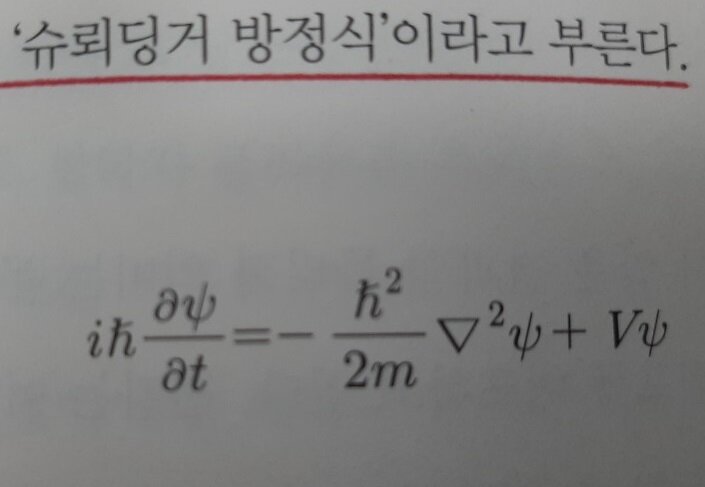

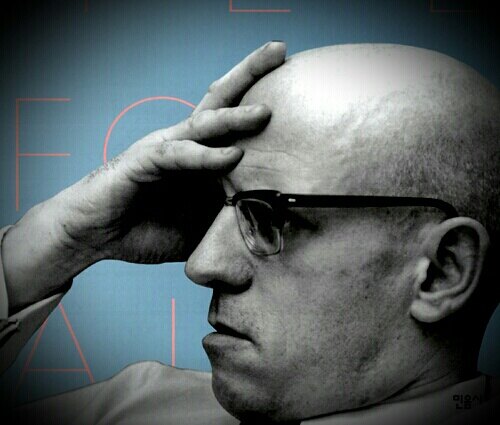

- 이 책은 이렇게 시작한다. '우주는 떨림이다. 정지한 모든 것들은 떨고 있다.' (5쪽) 정지와 떨림. 떨림은 운동 아닌가. 그렇다면 우주는 운동을 하지 않을 때가 없다는 말이다. 우주는 쉬임없이 운동하고 있고, 그것을 우리가 느끼든 느끼지 않든, 또 알고 있든, 모르고 있든 우주는 운동하고 있다는 말로 바꿀 수 있다.그런데 우리 눈에는 정지한 것들은 운동하지 않는 것으로 보인다. 우리 눈이 볼 수 있는 한계가 있기 때문이다. 이 한계를 넘어서기 위해서 수학, 물리학이 필요하다. 눈으로 보이지 않는 존재를 연구하고 그들의 떨림을 수치와 같은 방식으로 우리 눈에 보여주는 것이 바로 수학, 물리학이기 때문이다. 그렇게 우리들 삶에 수학과 물리학은 가까이 다가오게 된다.물론 이 책은 수학 이론이나 물리학 이론을 설명해 주지 않는다. 우주부터 시작하여 원자까지를 물리학으로 설명할 수 있음을 보여주고 있다. 우리 인간도 원자로 구성되어 있고, - 세포로 구성되어 있다고 주로 이야기하지만 이 세포 역시 원자로 구성되어 있으니 - 또 아주 거대한 우주도 결국은 원자들의 결합일 뿐이라는 것, 그러니 결국 만물은 원자로 구성되어 있는 것이다.따라서 저자는 물리학이 우리 삶에서 뗄 수 없는 존재이기에 '물리학이 인간적으로 보이길 바라는 마음'(7쪽)으로 이 책을 썼다고 한다. 물리학 하면 연구실에 있는 특정한 과학자라는 직업을 가진, 하얀 옷을 입은 그런 사람들의 것만이 아니라는 것을 알려주는 것과 더불어, 물리학이 얼마나 아름다운 학문인지를 다른 사람들과 공유하고자 하는 마음으로 썼다는 생각이 든다.그것이 발로 제목에 나타난다. 떨림이라는 말이 물리학이라면 울림이라는 말은 인문학에 어울리는 말이다. 공명한다고 해야 하나, 함께 울리는 것, 함께 떨리는 것, 떨림을 함께 느끼는 것, 그것이 바로 울림이라고 할 수 있다.이런 울림이 있으려면 물리학을 멀리해서는 안 된다. 강단에서만, 연구실에서만 물리학이 존재해서는 안 된다. 왜 물리학이 우리 곁에 있어야 하는가를 평범한 사람들에게 설득할 수 있어야 한다. 설득이라기보다는 알려주어야 한다. 그래서 그 사람 마음을 울려야 한다. 아, 물리학도 이렇게 아름답구나! 하는 마음이 들게.이 책은 우주부터 시작한다. 광대한 우주, 약 138억년의 역사를 지닌 우주부터 시작하는데, 빅뱅에서 시간과 공간의 탄생을 이야기하면서 결국 우주는 원자로 이루어져 있음을 이야기해준다.광활한 우주를 보면 신비한 마음을 느끼는데, 그것을 인간이 과학적으로 설명할 수 있다는 것, 매력적인 일이다. 본다는 것은 안다는 것, 안다는 것은 기억한다는 것, 기억하다는 것은 다른 사람에게 전달할 수 있다는 것이니, 우선 보는 것에서 시작해야 한다.그렇다고 본다는 것이 꼭 눈에 보이는 것을 본다는 의미는 아니다. 우리는 우주를 보지만 우주의 아주 적은, 또는 아주 작은 부분만 볼 수 있다. 또 우리가 보고 있는 것이 실체로 존재하는지는 알 수 없기도 하다. 그래서 본다는 것이 명확해지도록 해야 한다. 그게 바로 과학이자 수학이다.시간과 공간을 이야기하면 자연스레 미래가 나오고 미래가 나오면 예측가능성이 나온다. 즉, 불확실성을 확실하게 하고 싶은 인간의 욕구를 종교, 철학에서도 추구하지만 물리학에서는 원자들을 중심으로 추구할 수 있다고 한다.하여 다양한 이론들이 나오지만 그 이론들을 암기할 필요는 없다. 그런 물리학 이론들이 우리들 삶을 해석하는데 도움을 준다는 것을 알게 되면 된다. 뉴턴의 역학에서 아인슈타인, 그리고 양자역학에 대한 이야기도 나오고, 불확정성의 원리도 나오고 또 끈이론과 같은 말도 나오지만, 그것들에 대해 깊게 설명하기보다는 우리들 삶과 관련지어 설명하기에 과학이 우리들 삶에서 꼭 필요한 존재라는 생각이 들게 한다.다른 말로 하면 물리학이 우리 삶에 저 멀리 있는 것이 아니라 바로 우리 삶을 해석하고 더 잘 알게 해준다는 것, 그리고 우리 인간 자체를 설명할 수도 있다는 것을 이 책에 나오는 다양한 물리학 이론들을 통해 알게 된다.과학을 왜 배우는지 고민하는 학생에게 많은 도움이 될 책이다. 또 인간은 의미를 추구하는 존재이니 과학 역시 과학으로만 존재하지 않음을 생각하게 한다.이 책의 뒷부분에 나오는 말에서 그것을 생각하게 된다.'과학자가 자신이 하는 일의 사회적 결과에 대해 과학적 의심을 하지 않을 때, 그 과학은 재앙이 될 수 있다.' (266쪽)과학은 이렇게 우리 삶에 커다란 영향을 미친다는 것, 이 책을 읽으면서 계속 실감하게 된다.
100자평
마이리뷰
- 사랑하는 딸과 아들에게 보내는 독서편지 0. 아빠가 좋아하는 김상욱 교수님의 책을 읽었단다. 그동안 아빠가 읽은 김상욱 교수님의 책들은 과학 본연의 주제를 담고 있었고, 특히 김상욱 교수님의 전문 분야인 양자역학에 대한 내용들이 대부분이었어. 이번에 읽은 책은 과학보다는 조금 멀고, 우리 일상에 좀더 가까운 글들이었단다. 떨림과 울림이라는 책 제목도 좋았단다. 가끔 책 제목이 <떨림과 울림>인지, <울림과 떨림>인지 헛갈린 때가 있지만 말이야. .. 가만히... + 더보기




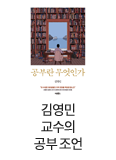

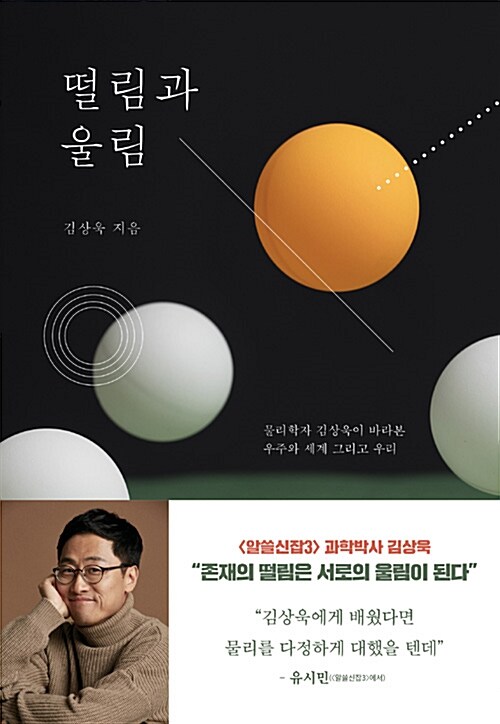
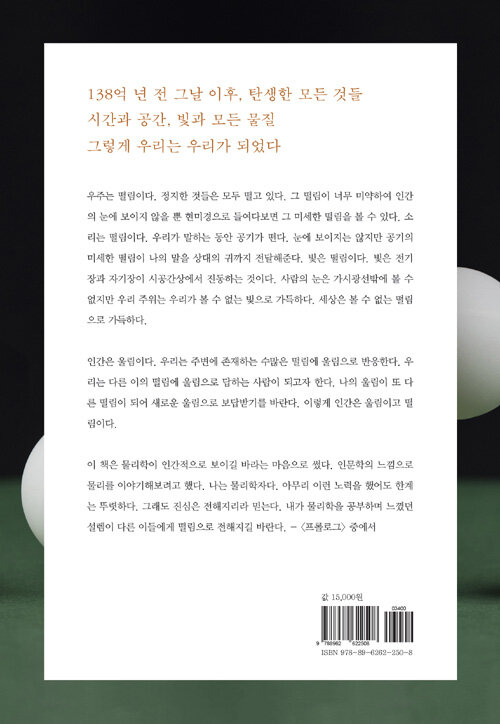

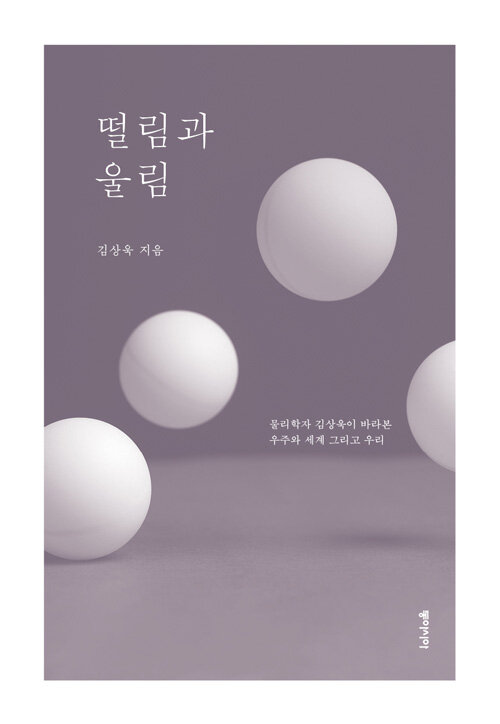

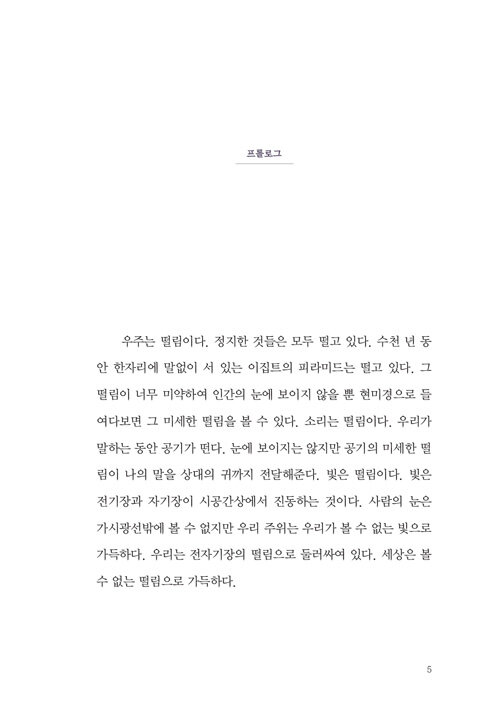
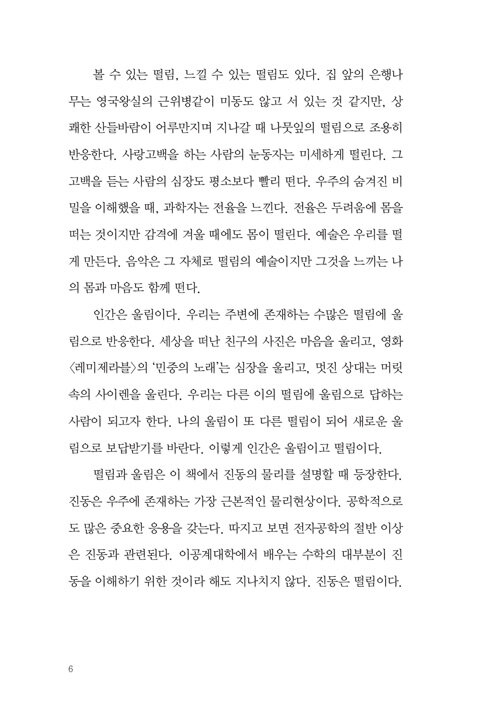




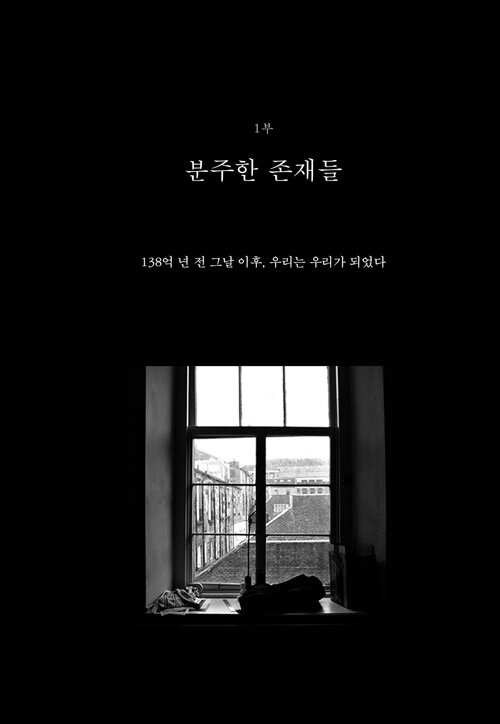

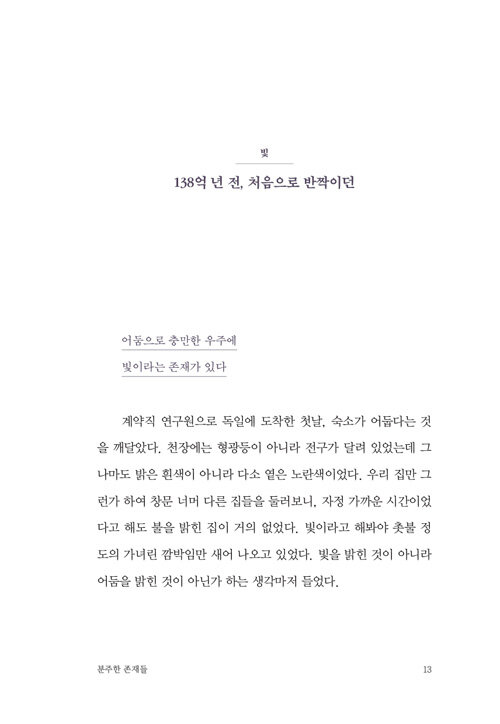


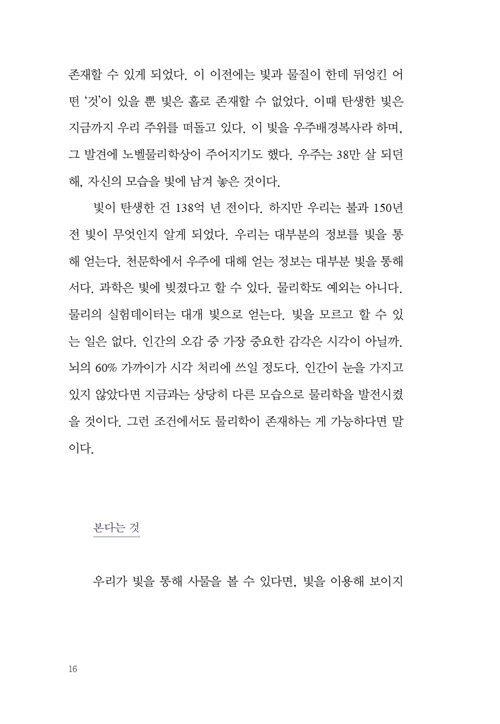


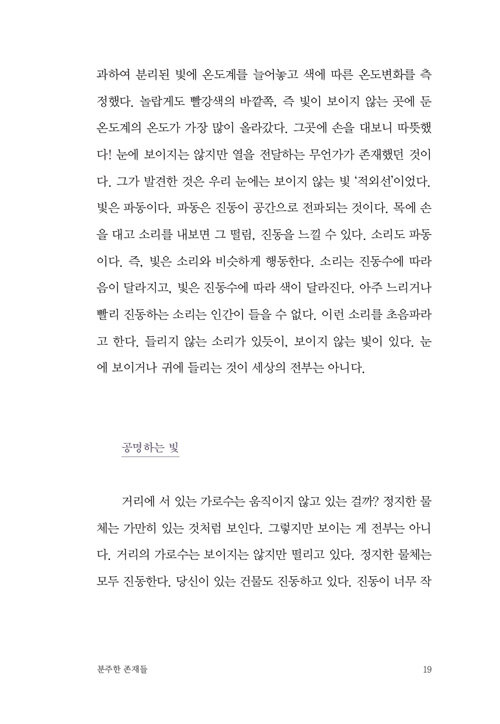
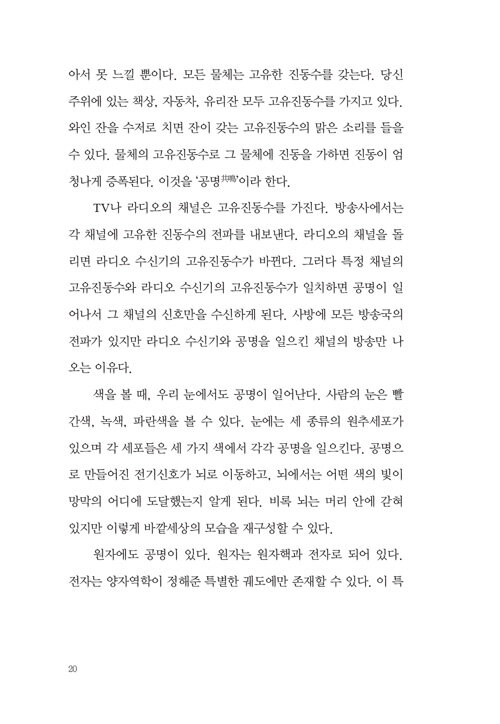
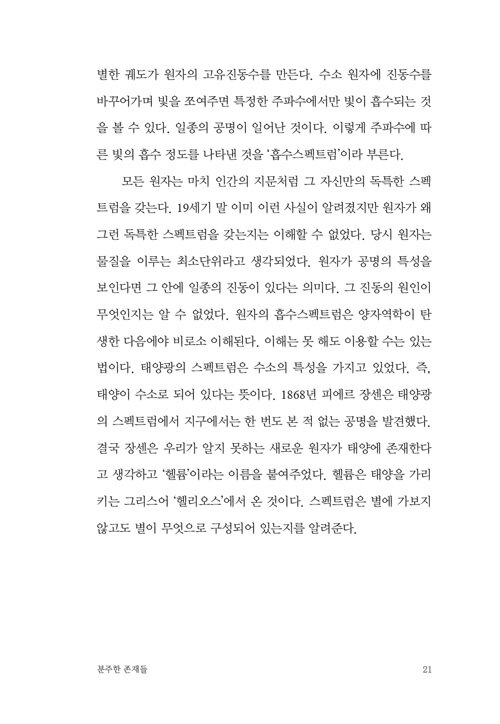
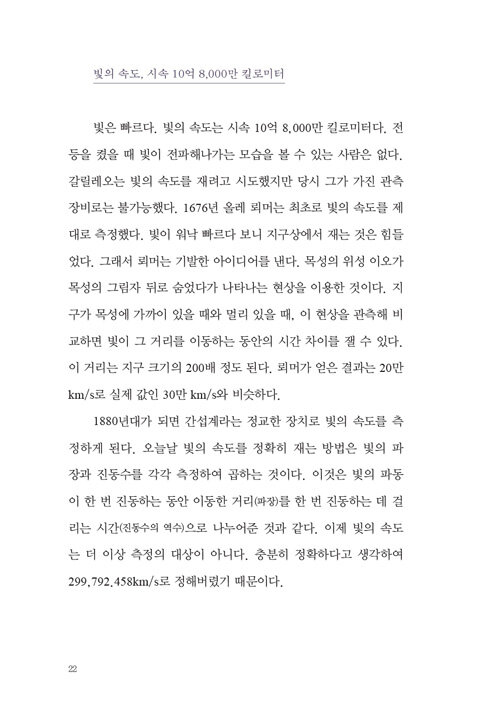

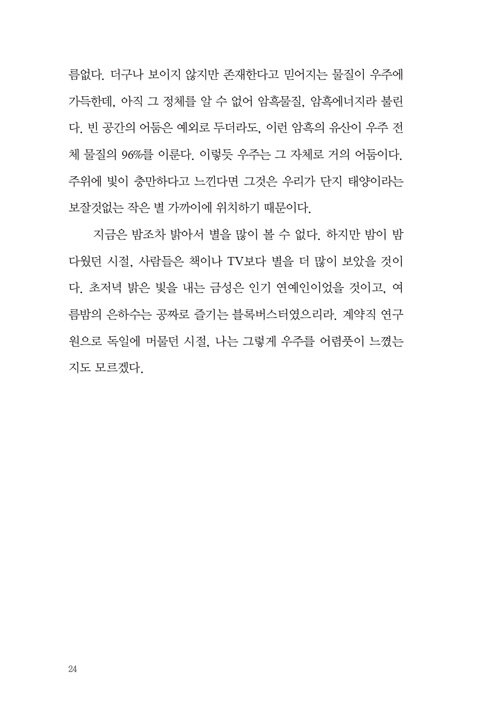






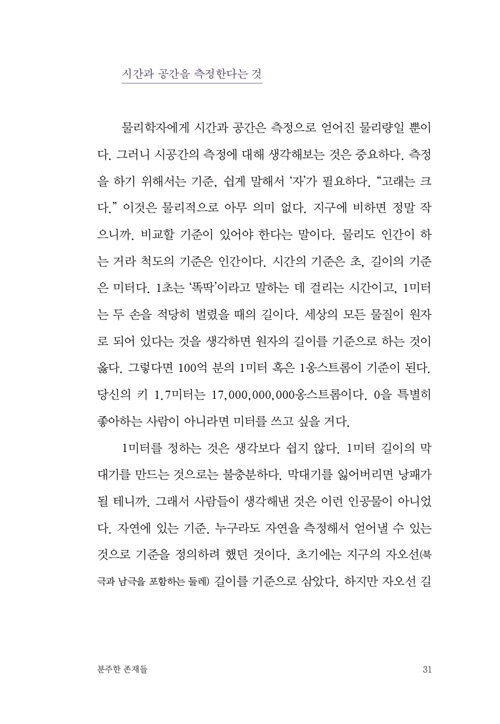
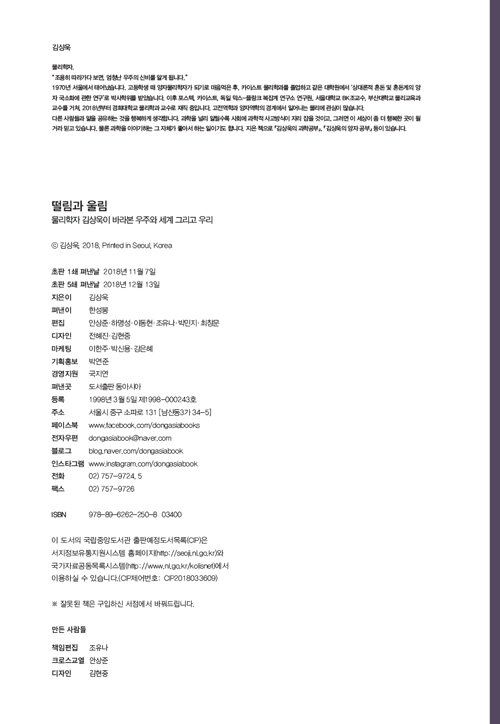















 Global Church/Public Square – August 2020 edition
Global Church/Public Square – August 2020 edition
 Bryan Stevenson and John Perkins in June 2020 online dialogue.
Bryan Stevenson and John Perkins in June 2020 online dialogue. Federal housing policies left African-Americans and other people of color out of new suburban communities — and pushed them instead into urban housing projects, such as Detroit’s Brewster-Douglass towers.
Federal housing policies left African-Americans and other people of color out of new suburban communities — and pushed them instead into urban housing projects, such as Detroit’s Brewster-Douglass towers.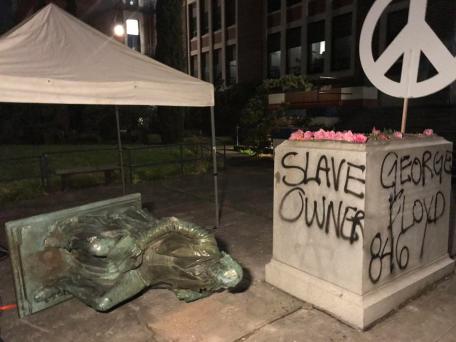 June 2020: Thomas Jefferson statue torn down in front of Jefferson High School in Portland, Oregon.
June 2020: Thomas Jefferson statue torn down in front of Jefferson High School in Portland, Oregon. Protesters gather in front of Minnesota Governor’s Residence on June 1, 2020, in Saint Paul, MN. (Photo by Salwan Georges/The Washington Post)
Protesters gather in front of Minnesota Governor’s Residence on June 1, 2020, in Saint Paul, MN. (Photo by Salwan Georges/The Washington Post) Edwin King (left) and Aaron Henry, members of the Mississippi Freedom Democratic Party. Tougaloo College Archives.
Edwin King (left) and Aaron Henry, members of the Mississippi Freedom Democratic Party. Tougaloo College Archives. Paramedic Anthony Almojera (third from right) and his team: “The things we see are sometimes difficult to shake”
Paramedic Anthony Almojera (third from right) and his team: “The things we see are sometimes difficult to shake”